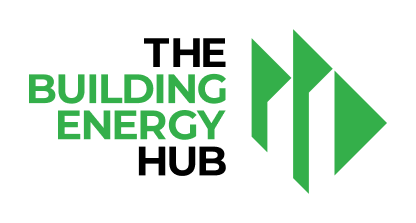Multi-Family Energy Savings
The Multi-Family Energy Savings offering provides multi-family property owners and public housing authorities opportunities to save money and energy at their properties. The offering provides free products and incentives for energy efficiency upgrades.
Funding
Administrator
ComEd, Nicor Gas, Peoples Gas, and North Shore Gas.
Eligible Projects
There are three ways that a property may qualify for income-based incentives. Customers are encouraged to call the Multi-Family Energy Savings program directly to speak with a representative to determine whether your property is eligible.
- Properties may qualify based on where the building is located (census tract). The census tract must have a median household income less than or equal to 80% AMI for that metropolitan statistical area (MSA) or county (using a 50% density threshold). This map from the U.S. Department of Housing and Urban Development (HUD) gives a general sense of where many of the income eligible properties are located. Many buildings, however, qualify that are outside of income-eligible regions on this map.
- If the tenants or the property receive any housing financial assistance (e.g., Section 8 vouchers, Chicago Low Income Trust Fund, Tax Credits), the property may qualify. See a full list of the financial subsidy programs here. Note, vouchers should be applicable to 25% or more of units.
- If at least 25% of rents charged for tenant units is less than the market rate, the property may qualify. These resources for Chicago or non-Chicago buildings can be used to compare the rent charged.
If your property does not meet income eligibility, it still may qualify for other incentives in the offering through the market-rate path.
To qualify for public housing incentives, any building owned and/or managed by a public housing authority in the associated utility service area is eligible for service under the Multi-Family Energy Savings offering. In addition to residential buildings with three+ units, the following public housing building types are also eligible:
- Common area buildings (e.g., daycare centers or administrative offices)
- Exterior spaces (e.g., parking lots)
- Single family homes, commonly known as “scattered sites” and duplexes (i.e., two-unit residential buildings)
Tenants who live in multi-family residences are encouraged to inform their landlords or property managers of the Multi-Family Energy Savings offering's saving opportunities.
Building Sector
Multifamily
Process
Have an experienced energy advisor perform a free energy assessment of your property and install energy-saving products in tenant units and common areas.
Get started here.


